Cuba: Planting on Rooftops and in Backyards
Text and Photos by Ernesto Verdecia (El Toque)
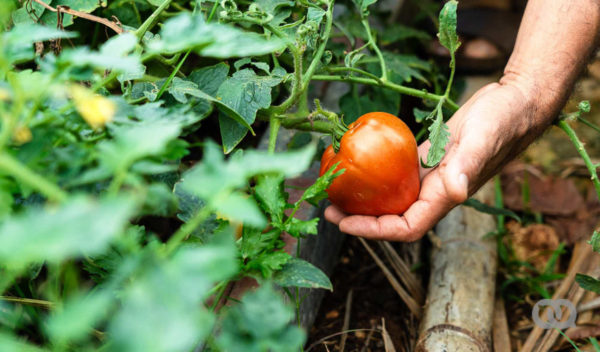
HAVANA TIMES – I had just gone to four markets and come home with only a quarter of what I had managed to get the previous week. A dormant desire was awakened. Could I plant some of the food I eat, provide some basic products for myself, reducing costs and have a more balanced and healthy diet?
I started researching; there must be someone who is at least growing their own ají cachucha (peppers). What I discovered exceeded my expectations.
After some phone calls and common friends, Ricardo welcomed me in his backyard, in the Santa Fe neighborhood. What I saw was a nice surprise: there were radishes, cabbages, beetroots, carrots, all kinds of peppers, tomatoes, broccoli, a huge range of aromatic herbs and a whole lot more.
As Ricardo himself explained, he plants everything he can, always when it’s their optimal season. He has learned, from experience, how to use varieties that are better adapted to our climate. He’s had a go with some seeds brought over from abroad, and he’s had some luck with some of them and failed with others.
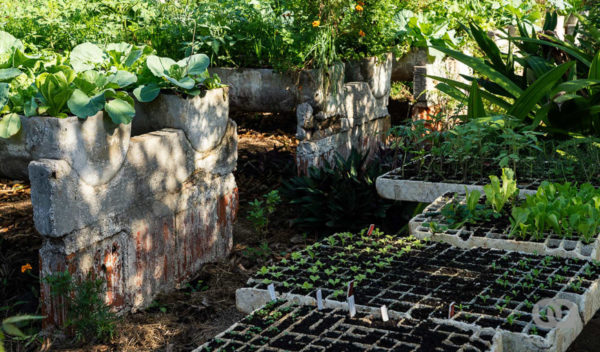
He says that he started all of this with his father’s help, six years ago. With everything you need to set up at least two rows – a kind of furrow that he uses as a vegetable bed -, then you can set it up in just two weeks, it’s that simple, he tells me. From then on, it’s just effort, dedication and love.
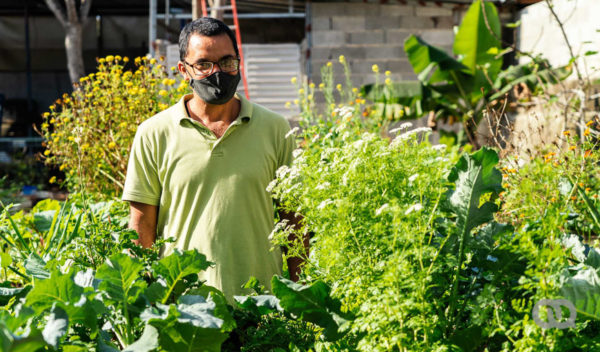
Ricardo has quite a lot in his little plot; it’s how he’s made use of the space, his dedication and the knowledge he has to make beds that are just 30cm wide burst with life, that really stand out. He has a lot more than what he alone can consume, so he ends up often giving some away to friends and family.
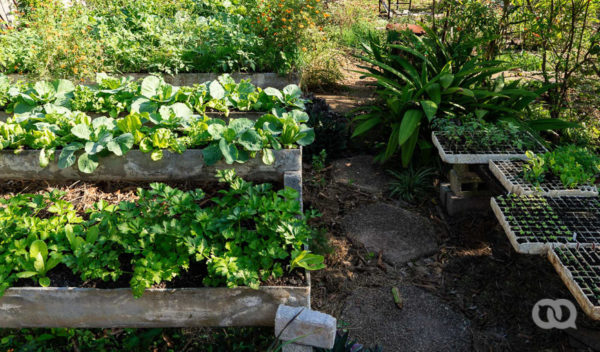
“The main challenge I face is trying to get my own seeds. Buying most of them, sometimes they aren’t very good quality and their germination percentage is very low. This is the most disappointing part of doing this. I don’t dedicate all of my time to this, but I would like it to become financially sustainable. Ricardo also controls pests with natural and eco-friendly techniques, as well as products he buys when available made from specific plants such as petiveria.
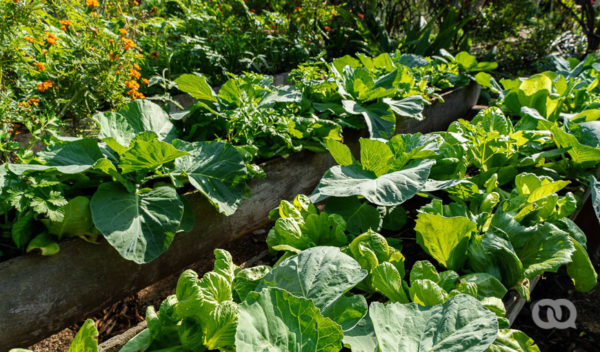
My adventure now takes me to a roof terrace in the Playa neighborhood, where Oscar collaborates with friends on a joint project that came about during lockdown. They have worked wonders with such a small amount of space.
It all began with some cherry tomato plants, which have taken over the whole roof in less than a year. He now has two more varieties. Like in Ricardo’s space, these aren’t small fruits, they are big and beautiful tomatoes that have been grown without any artificial products, that’s a guarantee. Plus, he has a wide variety of spices, lettuce, turmeric, cabbage and even strawberries. His Mexican and habanero chilli plants are particularly striking, as well as his sweet peppers. He assures me that you only need two plants of the latter to meet an entire household’s needs.
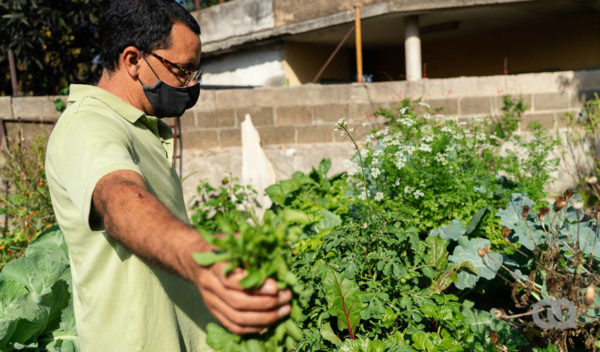
Oscar compares growing things in his small but well-organized vegetable garden, with the feeling of finding money in your pocket. Every day, he can come get something to eat. More than resources, he’s put a whole lot of dedication into getting the results he has.
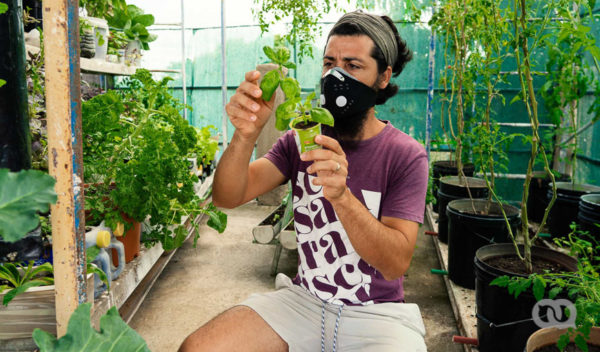
Oscar explains that the most complex tasks (in addition to finding quality seeds) is to find plant pots and compost, which you can buy or get by decomposing organic matter.
Cultivating the land and using spaces to feed oneself is something that can be learned and practiced in cities too. With a bit of determination, you can make it sustainable. Just like there is now a widespread culture of growing decorative plants, a more significant movement could gain momentum, helping to alleviate food shortages for people. Personally, I already have my first seeds and seedlings.
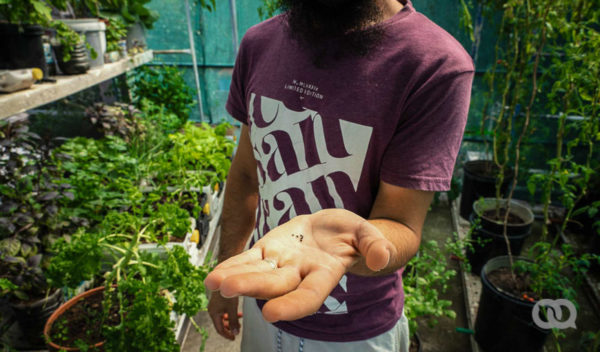
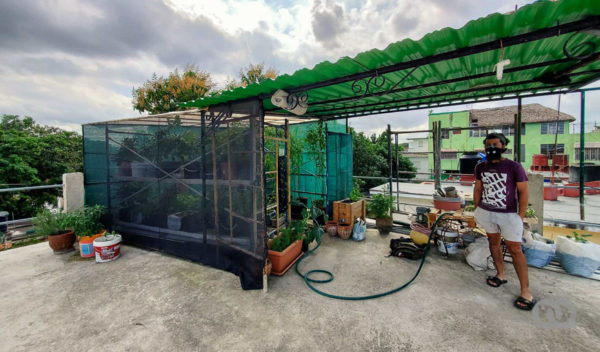
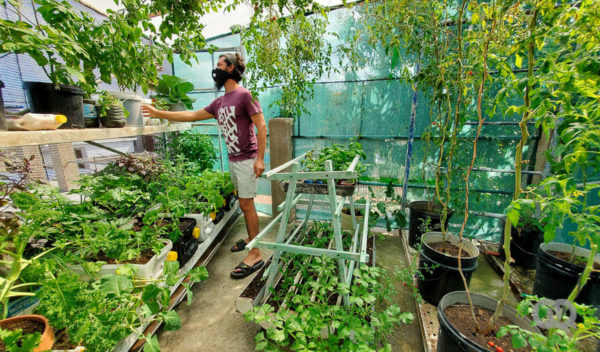
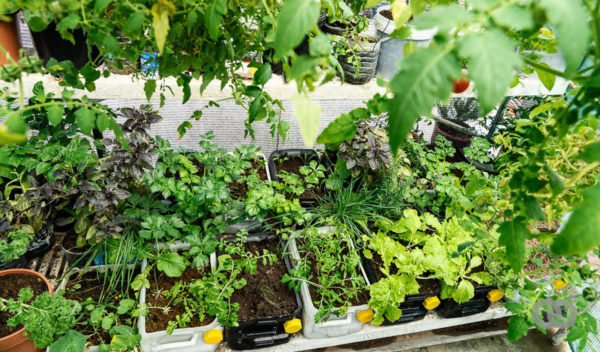

Hi
I’m in the UK and read with great interest the Havana Times, I came across this article today which is dear to my own heart. I to have a passion for growing food for my own consumption and have grown many of the plants mentioned in the article, most though have to be grown in a greenhouse in the UK. I note though both Ricardo and Oscar say they have problems finding quality seeds and plant pots. I have lots of seeds i can give you, i’m not saying they are all quality but it is maybe something you can try, i also have plant pots, just let me know what seeds you may want and how many pots, what size etc.
Dave
Hi there!
I’m in Vedado and am starting a terrace veggie patch. I’d love to meet Ricardo and Oscar to learn about their techniques! Or hear from you about what you learnt with them.
Great article!
James